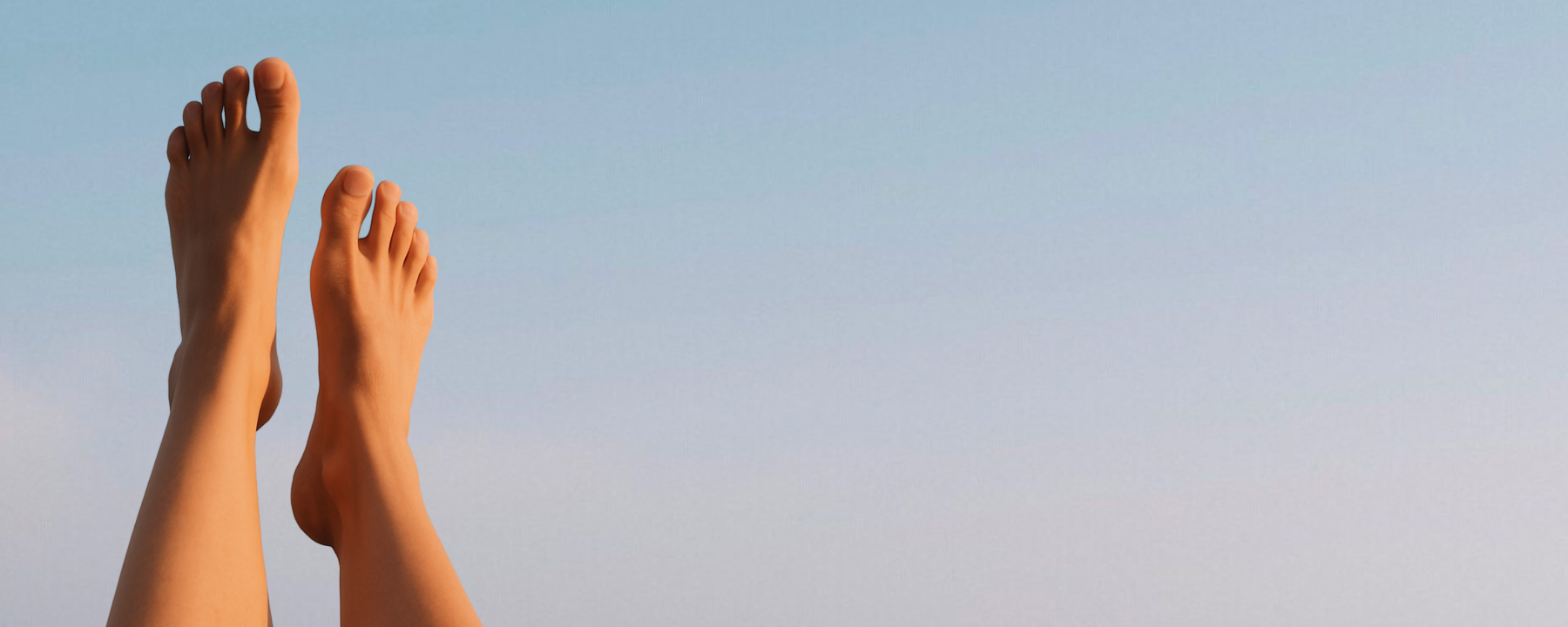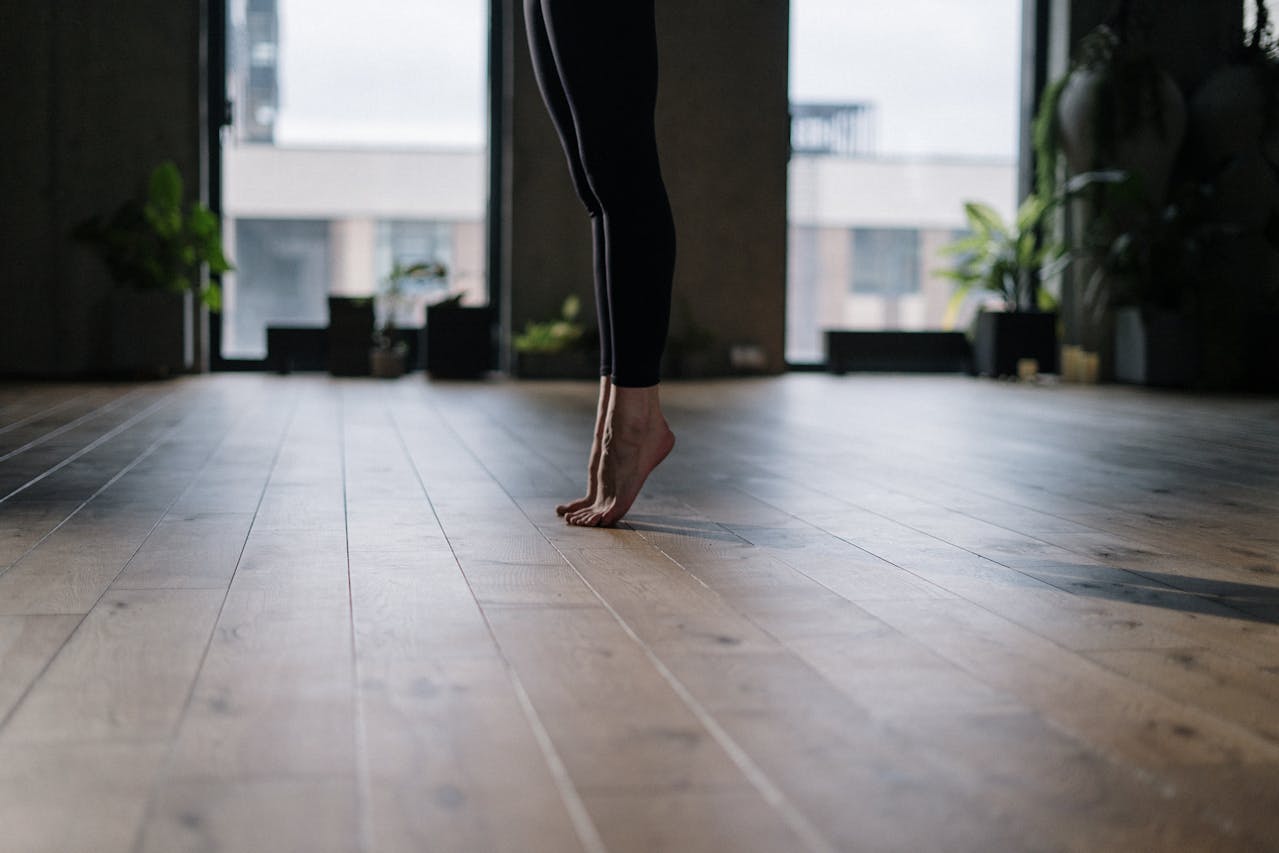How to Prevent Callus on Diabetic Foot?
Many people develop calluses that come and go, but people with diabetes should be cautious. Without treatment, a callus on diabetic foot can turn into a foot ulcer, a condition that can lead to amputation and even death. Ulcers are a massive risk for people with diabetes whose bodies have reduced capabilities for fighting infections.
Fortunately, people with diabetes can learn how to prevent callus on feet and keep themselves healthy. This article will review the techniques that ensure optimal wellness.
What is a Callus?
A callus is an area of skin that becomes thick and toughened due to irritation, pressure, or friction. It forms when the body tries to protect the skin from irritation. Although calluses can form anywhere on the foot, they typically appear on the ball of the foot as that area rubs against the shoe when walking.
Calluses are often related to the following conditions and activities:
- Wearing uncomfortable shoes
- Activities such as sports, excessive walking or standing, and manual labor
- Foot conditions like bunions, hammer toes, and deformed feet can throw off balance, making calluses more likely to form
Are Calluses on Feet Bad for Diabetics?
Calluses are a bit annoying for most people. They may wear bandages and comfortable shoes for a few days, and the callus will heal. But for people with pre-diabetes feet, they can be a real problem.
People with diabetes often deal with neuropathy. Prolonged high blood sugar damages small blood vessels that deliver blood and nutrients to nerves, causing damage. As a result, they may not feel calluses and other foot injuries.
Poor circulation and low immunity are other common issues for people with diabetes. Small blood vessels limit circulation throughout the body. High blood sugar also makes various body systems, including the immune system, work harder.
The combination of weakened immunity and poor circulation means calluses and other wounds take a long time to heal. If left untreated, they can become infected, eventually leading to gangrene. Gangrene is often treated with amputation, and it can lead to death.
Considering all the harm a callus can do, many people with diabetes wonder how to prevent a callus from forming.
Best Way to Prevent Calluses on Feet
Calluses are dangerous for people with diabetes. They can be treated, but the best strategy is to prevent them from developing. Here are some helpful tips on how to prevent calluses from forming and how to stop foot calluses from growing back.
Choose Shoes That Fit
Not all shoes are true to size. Once you try them on, you may find that your feet are constrained or move around too much.
Determining if shoes are the right size after one fitting can be challenging. Here are some signs to look out for:
- The shoes should not move around or slip off your feet when you walk. Shoes that are too big can cause friction, which leads to calluses.
- Ensure a thumb’s width of space (about ⅜” to ½”) between your toe and the end of your foot.
- Try on both shoes- one foot is often bigger than the other.
- Choose shoes that are flexible and move with your feet.
- Avoid shoes that are too tight. They can cause bunions and other deformities that increase the risk of calluses.
Use a Cushion or Insole
A cushion or insole reduces friction on the bottom of your feet, making it an ideal solution for preventing calluses on the balls of your feet. They are especially recommended for people with bony protrusions or those who have experienced fat atrophy on the pads of their feet due to aging.
Consider Shoe Style
Shoe style is another consideration. Avoid pointy-toed shoes, which can lead to foot deformities that throw your foot off balance and increase the risk of calluses. Steer clear of sandals and other shoes with openings that can make your foot slide around. Air holes also dry out your feet, making them more prone to irritation.
Generally, square and rounded-toe shoes are the best option.
Moisturize and Exfoliate Your Feet
Moisturizing your feet will prevent dryness, which makes them more prone to irritation and calluses. Exfoliating removes dead skin that can become callused. For best results, use an exfoliating pumice stone and follow up with a moisturizer containing 15-20% urea, an ingredient that moisturizes and exfoliates.
Wear Socks
Socks are beneficial because they protect your feet from irritation and offer cushioning. Cotton socks are recommended for their breathability.
Consider Altering Your Routine
If you get calluses because you run or walk often or engage in other types of physical activity, consider altering your routine. For example, if your workout routine includes running, try floor exercises instead. If repetitive stress movements at work are causing calluses, talk to your employer or doctor to determine different approaches.
Examine Feet Regularly
Examinations are another strategy for how to prevent calluses on toes and other parts of the feet. They help you identify signs of irritation before it develops into a callus or ulcer. While examining your feet, you should also look for other wounds that can become dangerous, like corns and blisters.
Maintain Healthy Blood Sugar Levels
Healthy blood sugar prevents nerve damage, narrowing of blood vessels, and weakened immunity that contribute to ulcers. Ensure your blood sugar levels are within healthy ranges by:
- Eating a Healthy Diet: Eat whole, unprocessed foods, limit sugar intake, control carbs, and follow a routine to prevent fluctuations.
- Engage in Physical Activity: Aim for at least 30 minutes of physical activity five days a week. Exercise will help your body use glucose more efficiently.
- Take Your Medication: Take all prescribed medications according to the doctor’s orders.
- Monitor Blood Sugar: Use devices to check your blood sugar regularly. The insight will make you aware of what causes spikes.
- Manage Stress: Stress can impact blood sugar levels. Control stress through meditation, getting enough sleep, and other management techniques.
How to Stop Calluses on Feet
Knowing how to prevent calluses on the bottom of feet is good, but what if one appears? You should determine the best way to treat it before it becomes a pre-ulcerative callus. Here are some suggestions for diabetic callus treatment and diabetic callus removal.
- Soak Feet in Warm Water: Soaking your feet in warm water will soften the callus, making it easy to remove. Consider adding mild soap to the water to loosen the dead skin.
- Exfoliate Feet: Use a pumice stone or foot file to remove the loosened skin from the feet, working sideways. Be gentle. If you are too aggressive, the ulcer could open, resulting in a wound that can also become infected.
- Apply Moisturizer: The moisturizer will keep the skin soft and prevent it from hardening. For best results, use a moisturizer that contains urea, salicylic acid, or ammonia lactate, which aids the softening activity.
A medical professional can also help with callus removal. They will use specialized tools to remove the dead skin and smooth out ragged edges with a pumice stone to ensure optimal comfort.
The provider will also assess the way you walk or stand and your footwear to determine if these factors are contributing to ulcer formation. They will offer preventative measures for how to stop calluses from coming back.
FeetSee is An Ideal Solution for How to Treat Calluses on Diabetic Feet
Constant monitoring will help with callus wound treatment. It enables you to identify signs of irritation before it develops into a callus or an ulcer. FeetSee offers optimal tracking, allowing you to detect issues early on.
The mobile app scans your feet, detecting temperature changes. Unusually high temperatures can be linked to inflammation due to a callus or another wound. If high temperatures are detected, an alert is sent to your provider so they can take early action before the issue escalates.
Contact us to learn more about our innovative software. We are the answer to how to stop calluses on toes.
FAQs
How Do I Know If I Have a Callus?
You can only identify a callus if you know what it looks like.
Calluses are thick, dead skin with a yellow or gray tinge. They have a rough texture and may not be as sensitive as other parts of the skin. Calluses usually form on the foot’s bottom, ball, or heel.
If you want more clarity, check out diabetic foot callus pictures treatment.
What is the Difference Between a Corn and a Callus?
Both corns and calluses are thickened patches of skin caused by friction, but corns are more localized with a hard center and are painful to the touch. Unlike calluses, which typically appear on the bottom of the skin, corns are usually found on the tops or sides of toes or between toes. They should be addressed immediately as they can lead to diabetic foot ulcers.
Why Can’t Diabetics Use Callus Remover Pads?
People wondering how to avoid getting calluses on feet may consider using callus remover pads when these wounds appear. However, these pads contain salicylic acid, which can damage skin, increase the risk of infections, and worsen circulatory issues. They are not recommended for people with diabetes who are already prone to these conditions.

Detect Early, Prevent Amputations
Diabetic foot ulcers (DFUs) lead to significant discomfort, pain, numerous amputations, and billions of dollars in healthcare costs each year.
